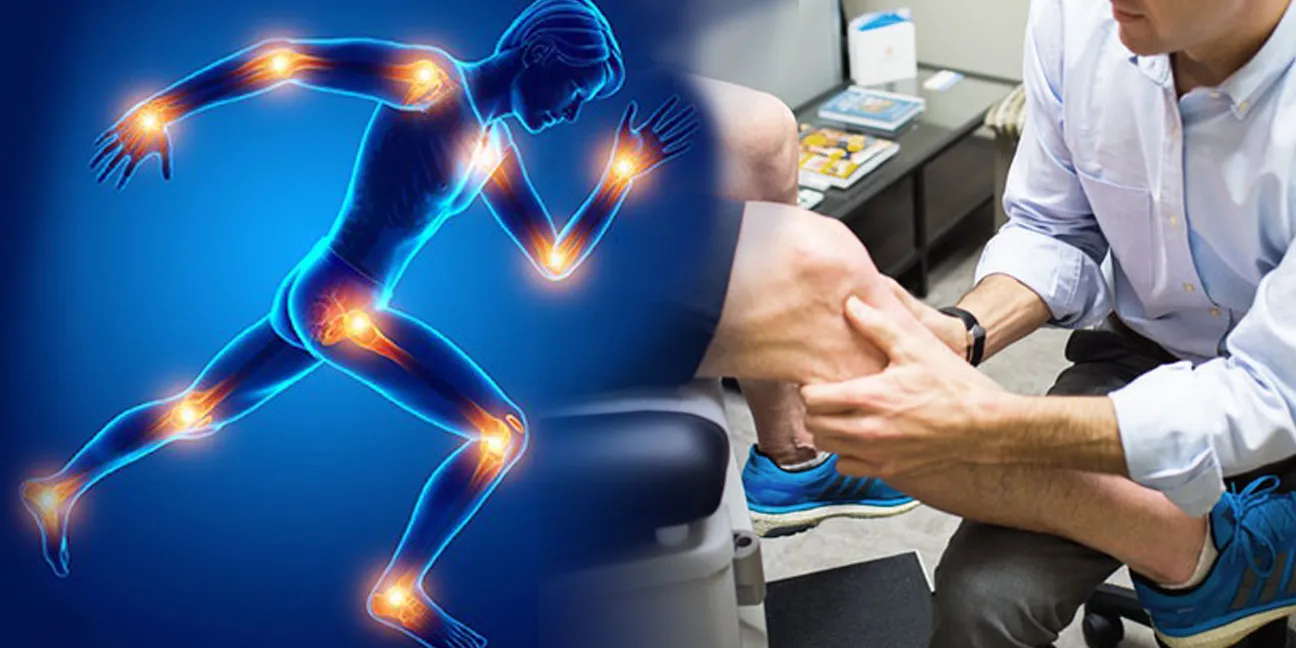Sports injuries can affect anyone, from professional athletes to weekend joggers. These injuries not only disrupt physical activity but can also impact overall quality of life. Orthopedic surgeons play a pivotal role in diagnosing and treating sports-related injuries, aiding individuals to recover stronger than before. If you’ve ever wondered about the process, treatments, and their expert role, this article will guide you through.
How Are Sports Injuries Diagnosed?
Diagnosing a sports injury requires a thorough and methodical approach. Orthopedic surgeons are equipped with advanced diagnostic tools and specialized training to identify the root cause of the issue. A diagnosis typically begins with a detailed medical history and a discussion about how the injury occurred. An orthopedic surgeon may ask whether a sudden trauma or gradual overuse caused the injury.
The next step often involves a physical examination. The surgeon will assess movement, strength, and any visible abnormalities. To pinpoint the exact location and extent of an injury, imaging tests like X-rays, MRIs, or ultrasounds are commonly used. These technologies allow surgeons to examine bones, joints, and soft tissues in incredible detail. This detailed diagnostic process enables patients to receive a personalized treatment plan tailored to their specific needs.
What Do Orthopedic Surgeons Treat?
Orthopedic surgeons specialize in treating a wide range of musculoskeletal injuries related to sports and physical activity. These include:
- Ligament Injuries: Such as ACL or MCL tears common in sports like soccer, basketball, and skiing.
- Tendon Tears: Including issues like rotator cuff injuries in the shoulder or Achilles tendon ruptures in the ankle.
- Fractures: Broken bones resulting from high-impact activities, such as a collarbone fracture in cycling or a stress fracture in runners.
- Joint Injuries: Conditions like dislocations or cartilage damage, which are often seen in contact sports like football or wrestling.
- Overuse Injuries: Such as shin splints, tennis elbow, or runner’s knee, which develop from repetitive strain.
Orthopedic surgeons not only treat acute injuries but also manage chronic conditions such as arthritis that can result from years of physical activity. Their goal is not just to treat the injury but to help prevent future complications and promote long-term joint health.
When Is Surgery the Best Option?
Not all sports injuries require surgical intervention; in fact, many can be managed through non-invasive treatments like rest, physical therapy, bracing, or medications. There are cases when surgery becomes the best or only option for effective recovery.
Surgery may be necessary in the following situations:
- Severe Injuries: When a ligament, tendon, or muscle is fully torn and cannot heal on its own.
- Complex Fractures: Broken bones that are misaligned or involve the joints may require surgical fixation using plates or screws.
- Persistent Pain or Instability: When non-surgical treatments fail to resolve symptoms, and the injury affects mobility or quality of life.
- Athletic Performance: For competitive athletes, surgery may be needed to restore full strength and function quickly.
Advancements in surgical techniques, such as minimally invasive arthroscopic surgery, have made procedures less painful and recovery times faster. For instance, a torn meniscus in the knee can often be repaired using small incisions and specialized instruments, helping the patient return to sports sooner.
Consult a Surgeon
Sports injuries can be overwhelming, but you don’t have to face them alone. Orthopedic surgeons are highly skilled professionals who can provide accurate diagnoses, effective treatments, and comprehensive recovery plans tailored to your needs. If you’re dealing with a sports injury and are unsure of the next steps, consulting an orthopedic surgeon is the best place to start. Schedule a consultation today to take the first step toward recovery and a healthier, more active life.
- FREHF – The Revolutionary Future Of Human-Centered Technology!
- Adsy.Pw/Hb3 – Boost Your SEO And Drive More Traffic!
- Fitness Based Vacations By Timeshealthmage.com!
- TimesHealthMag Tips For Improving Sleep Quality – Expert Advice For Better Rest!
- How TimesHealthMage Helps Improve Your Lifestyle Habits!


Leave a Reply